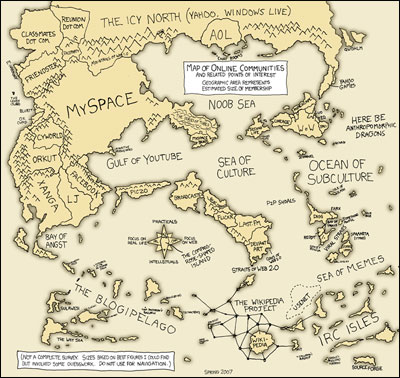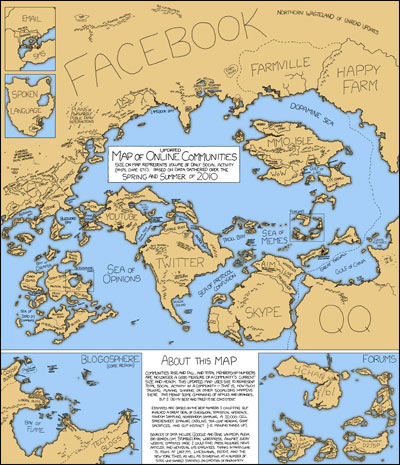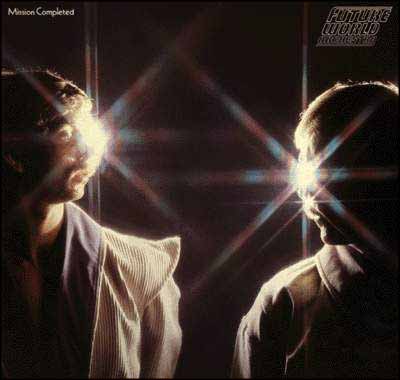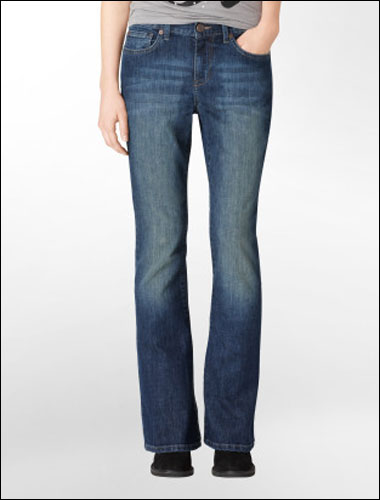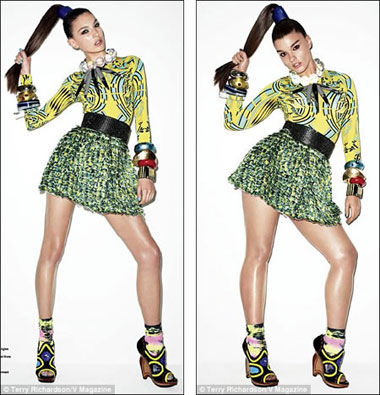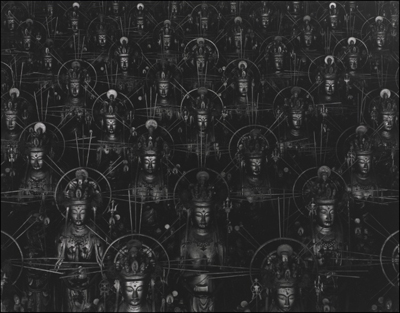EDITOR’S NOTE– This is our friend Kim Boekbinder:

Photo by Marianne Bijou.
A musician, artist, and writer, Kim is currently venturing across the United States on her crowd-sourced, pre-sold Impossible Girl Tour. Over the next few weeks, Kim will also attend several Occupy Wall Street demonstrations taking place in various cities that she’s traveling to, and document her experiences on Coilhouse. What follows is her first installment: an introduction, and a call to join the conversation. Thank you, Kim. ~Mer
_________________________________________________________
On the subway I saw a girl and boy, ages 13 or 14, talking about whether or not to go to the protest.
“It won’t make a difference.” The girl said, “We’ll never change anything.”
“I used to believe like you,” said the boy, “But you always gotta believe that you can make a difference in the world.”
They spoke about the movement and what it means, the First and Second Amendments, how many people lived in their homes, the color of different dog breeds, and dancing the Macarena, before getting off the subway at Fulton St – the stop closest to Liberty Square.
Occupy Wall Street has started a conversation. And right now a lot of that conversation is about the conversation itself.
While exploring the culture of Liberty Square today, I was randomly interviewed four times in the space of one hour, each time by a citizen journalist. One man wanted to make a video for his Facebook page to spread the word. Two young women were collecting interviews for their college newspaper; they weren’t working in any official capacity; they just knew that they needed to get this information back to their school and hoped the paper would publish it. These people came out with cameras, iPads, and pocket audio recorders, to learn why they were here and to share that with the world. And each time I was interviewed, I then interviewed them in return, and we would laugh together at the absurdity of this. We are all amateurs here. We are all experts.
People around America are confused, interested, annoyed, supportive, angry, joyous. But no one seems quite sure what Occupy Wall Street is.
“It’s like the 1960s.”
“It’s the democratic answer to the Tea Party.”
“It’s just dirty hippies.”
There are as many explanations for what Occupy Wall Street is as there are people involved in it.
The energy here is electrifying. We can all feel that something important is happening. And we’re all looking for why or how or who or what it is exactly. But the movement is young, and plastic, it is changing and growing quickly. Politicians who want to co-opt it are not sure what that means. Seasoned journalists are confounded as to how to report this to the world. The minute you think you have it figured out, it slips away and changes, reconfigures itself into something exactly like, but also exactly unlike what you were just looking at.
The power of this movement right now is its openness, its caring organization. There is information everywhere. People who are unsure of whether or not they support the movement are openly invited to engage in the conversation at the info booth. There is a feeling of immediate inclusion, if you want it. Passive observation is also welcomed. Tourists wave as their tour buses pass by. Skeptics dig for signs of failure. Journalists interview each other. Wall Street workers can be seen moving through the crowd, investigating this occupation of their hallowed ground.
Accountability, transparency, communication, nonviolence, and compassion are not just fetishes or dogma here: they are the foundation on which everything that happens next is being built. We have the technology now to ensure instant accountability, transparency, and communication. And we have a history of highly successful compassionate and nonviolent movements to draw from.
So while the movement figures out what it is and how to communicate that to the world, it is also constantly checking itself, holding itself accountable, sloughing off anything that deviates from the message it is still forming. It is no small feat– amazing to watch, even more amazing to be a part of. There is no such thing as a neutral observer here, because each person here is recognized as a vital part of the process.
I’ve been gathering samples of the movement for days: observing, recording, asking, listening to speeches, interviewing people, singing along to songs, wiggling my fingers to express my consent or dissent. I am both passive observer and passionate activist. I know exactly what is going on here, and I don’t know how to tell you. You must read, watch, hear, experience as much of it as you can. You must agree and disagree for yourself.
The conversation is yours, we cannot have it without you.

Liberty Square, October, 2011. Photo by Kim Boekbinder.
In the following days and weeks I will be exploring OWS and other Occupations around America as I tour: NYC, San Francisco, Portland, New Orleans, Boston.
There is continual coverage from many good media sites. My favorites for today:



